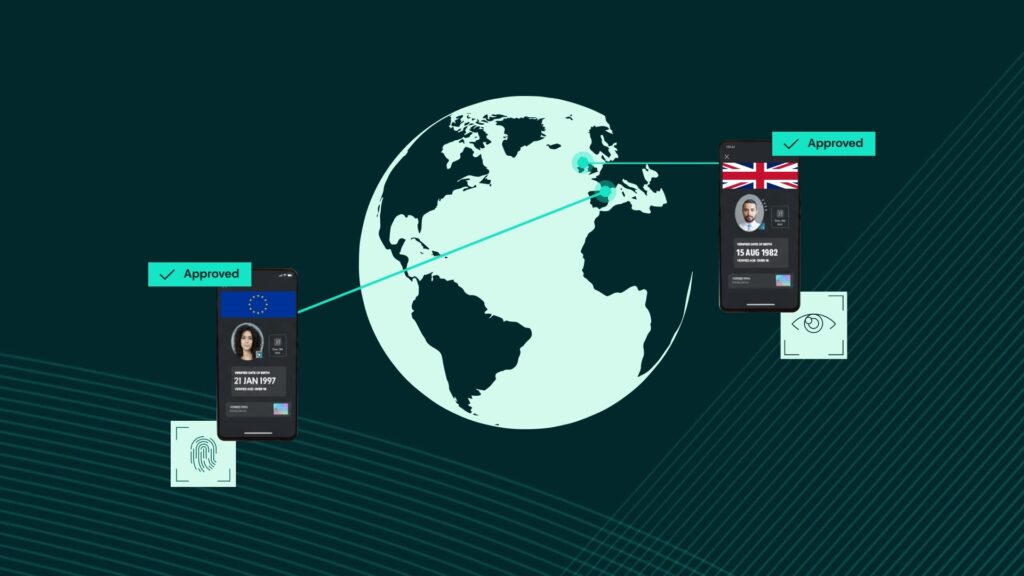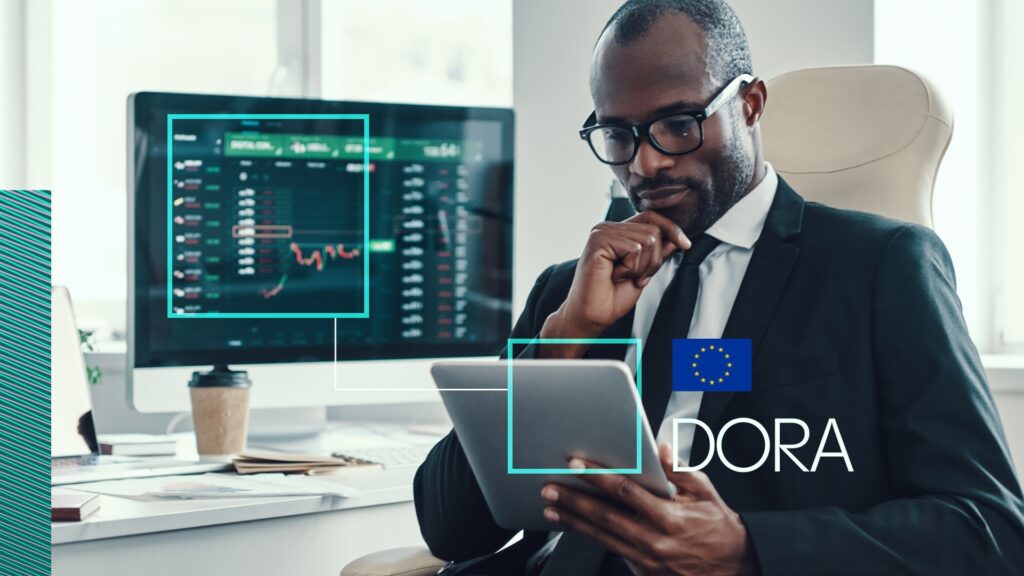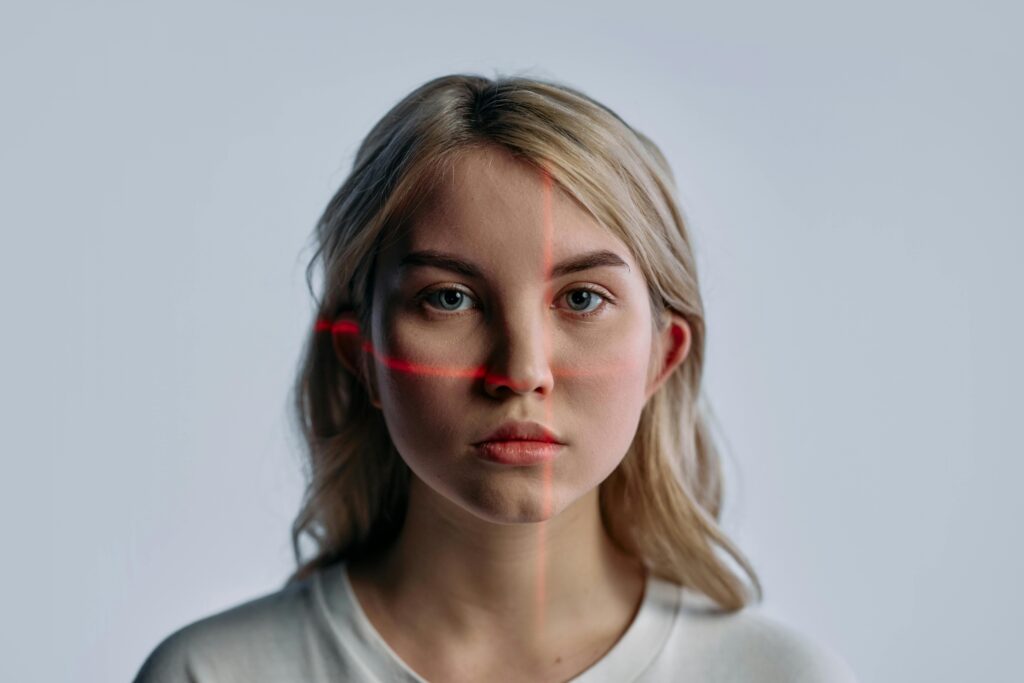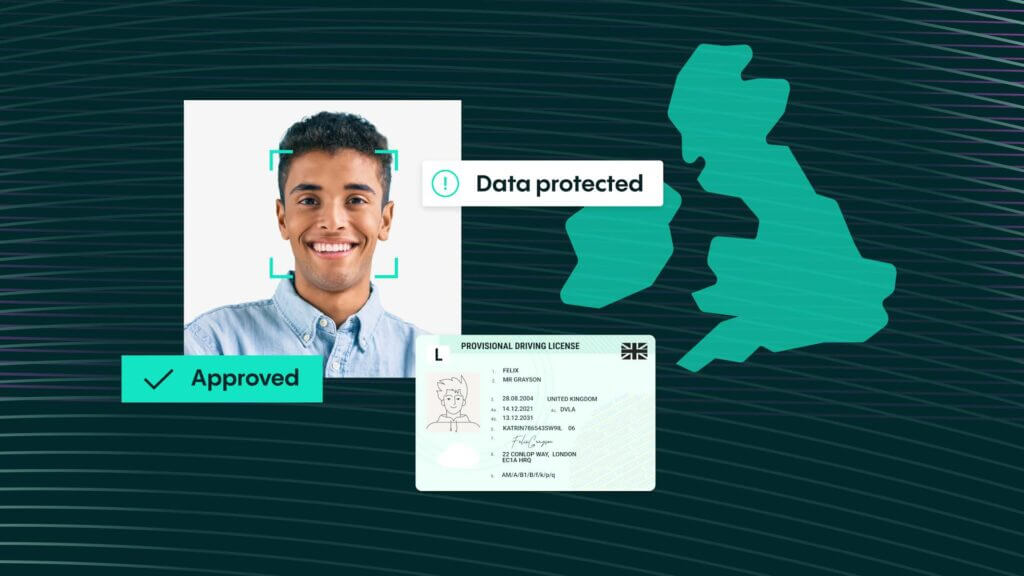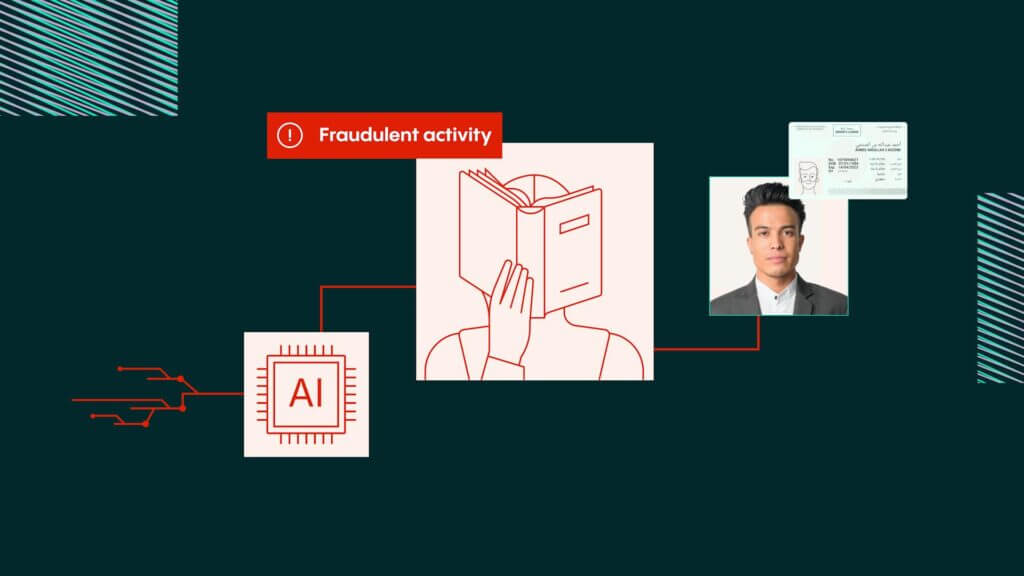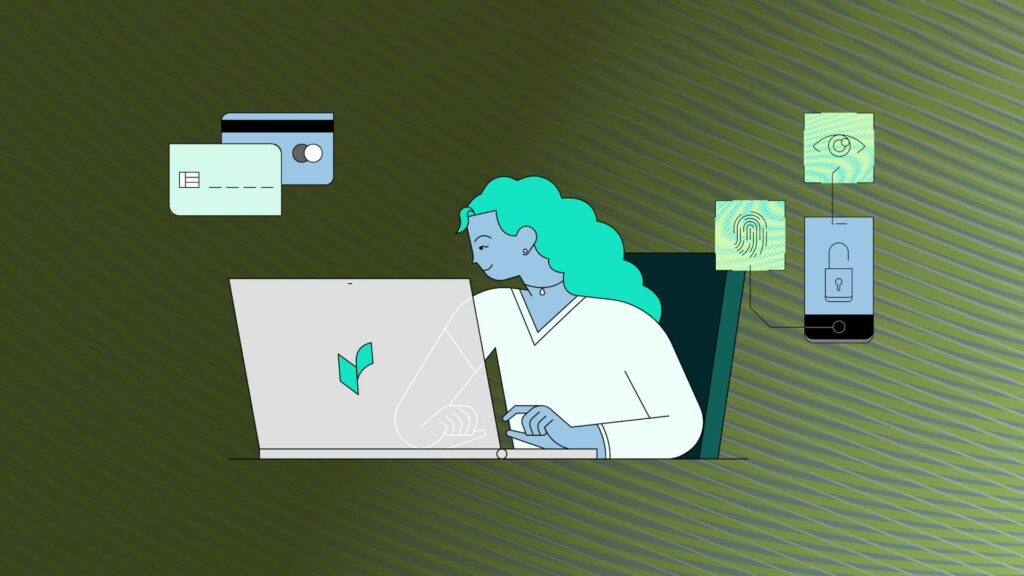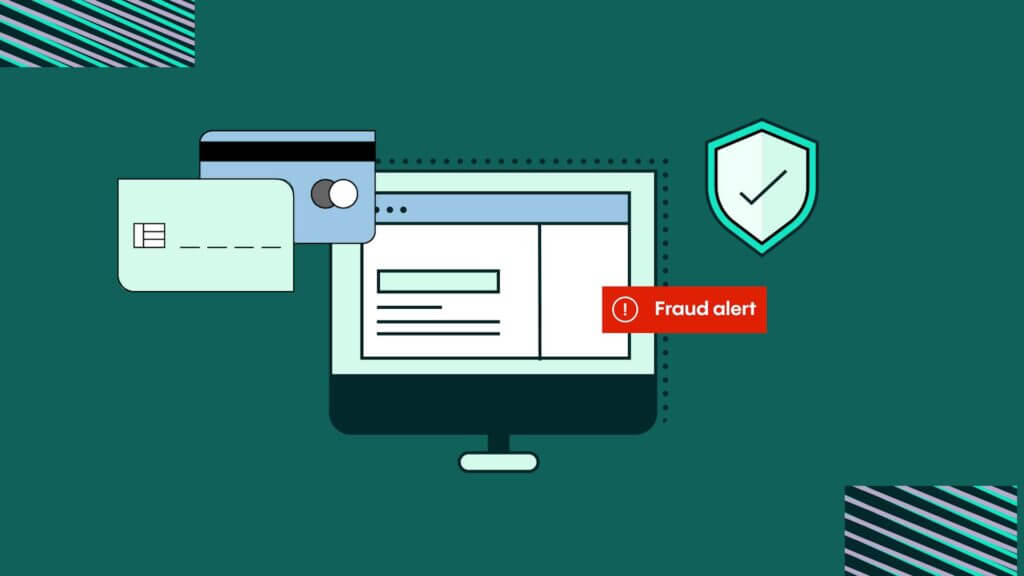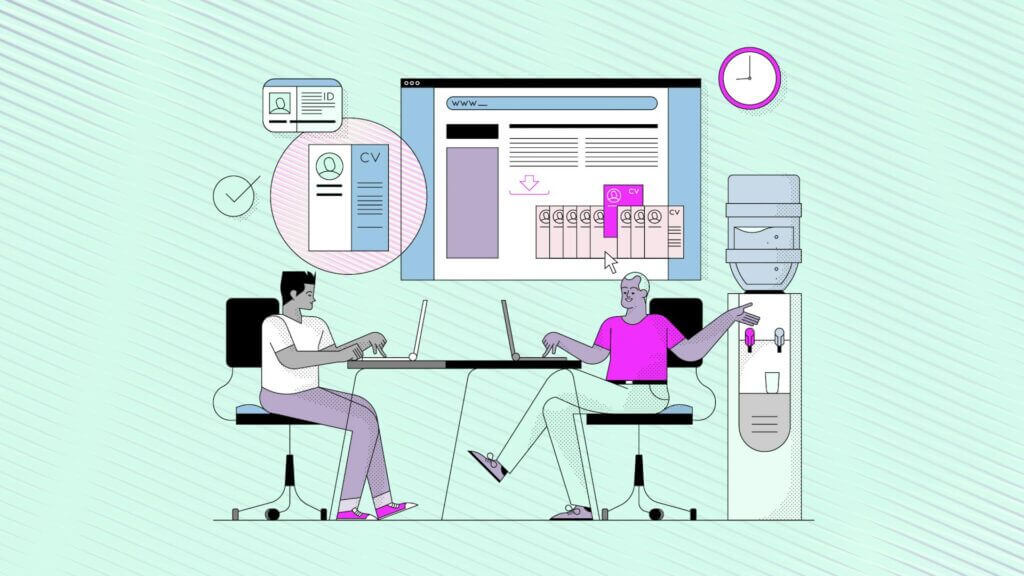IDV Article
Understanding the difference between Identification and Verification in Biometrics
Secure your user journey from onboarding to re-authentication while meeting regulatory requirements and delivering a seamless experience. Designed for Product Managers and Fraud & Compliance Officers in industries like financial services, gaming, mobility, and crypto.
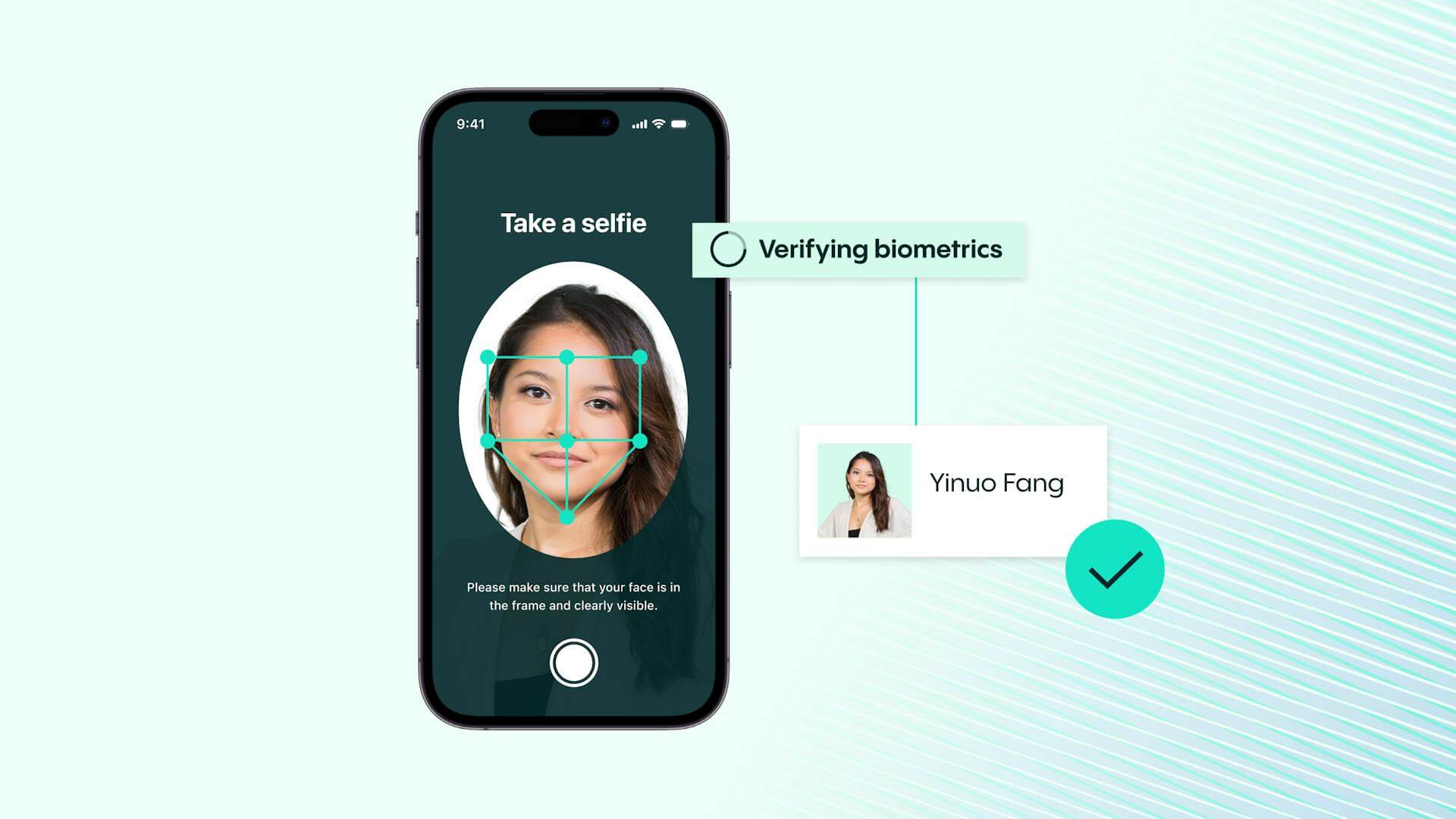
Introduction: Building a trust-first digital world
In today’s hyper-connected world, knowing and trusting who’s on the other side of the screen is mission-critical. As identity fraud grows more sophisticated, businesses must go beyond simple ID checks. Veriff’s approach to biometric identification, verification, and authentication helps organizations create secure, trustworthy digital interactions by validating real users at every step of the customer journey.
Let’s break down the distinctions between these concepts—and why understanding them is vital for protecting your business and customers.
Identification vs. Verification: What’s the difference?
Biometric identification
- Definition: A one-to-many (1:N) process. The system matches a user’s biometric data—like a fingerprint or facial scan—against a database to determine their identity.
- Objective: To find out who someone is, especially when no identity is claimed.
- Use cases: Border control, airport screening, or law enforcement scenarios, where identifying an unknown person from a crowd is crucial.
- Example: A gaming platform may use biometric identification to prevent underage users from accessing age-restricted content.
Biometric Verification
- Definition: A one-to-one (1:1) process. The system compares a biometric sample to a previously enrolled template to confirm a claimed identity.
- Objective: To confirm that a person is who they say they are.
- Use cases: Accessing digital banking, verifying identities during onboarding, or re-authenticating users on crypto platforms.
- Example: A returning banking app user scans their face to unlock their account—Veriff’s Biometric Authentication makes this instant and secure.
Where does authentication fit?
Biometric authentication ensures that not only is the identity confirmed, but the user has permission to access specific services. It’s typically used alongside other factors (e.g., possession of a device) for multi-factor authentication, elevating both security and user trust.
Veriff insight: Re-authentication is crucial in preventing account takeovers and supports ongoing fraud mitigation through technologies like FaceBlock and CrossLinks.
Why does this matter?
Understanding these distinctions enables organizations to:
- Prevent fraud: Catch identity spoofing and deepfakes before they compromise your system.
- Maintain compliance: Meet regulatory requirements like KYC, AML, and Age Assurance across jurisdictions.
- Boost conversions: Offer a frictionless experience with real-time biometric verification, improving trust and reducing user drop-offs.
Veriff clients have reported fraud detection rates rising from 10% to 90%, with onboarding conversion improving by over 200% in some markets.
Best practices for implementation
- Tailor for trust: Use biometric verification with fraud intelligence tools like Assisted Image Capture and Risk Labels to approve more genuine users while blocking bad actors.
- Design for conversion: Offer intuitive UX with fast, real-time feedback. Veriff’s system averages a 6-second verification time, available across mobile and web.
- Build for compliance: Implement systems that adapt to regional regulatory standards—from GDPR to online safety mandates like the UK’s Online Safety Act or California’s CPRA.
Wrapping it up: Identity as a trust layer
Understanding biometric identification and verification is more than just a technical necessity—it’s foundational to restoring trust in the digital world. At Veriff, we help answer the most important questions:
- Is this person real?
- Are they trusted?
- Are they still who they say they are?
Through our AI-powered, human-reinforced ecosystem, we deliver security, conversion, and compliance—so you can focus on growth.
Want to explore how biometric verification can transform your onboarding flow?
Try Veriff’s solutions →

Verify identities and prevent fraud
Prevent fraud, ensure compliance, and onboard customers with Veriff’s AI-powered identity verification. Fast, secure, and global.
Starship: Ensuring safety in autonomous delivery
Challenge:
Starship Technologies, a leader in autonomous delivery, faced the challenge of securely verifying customers who interacted with their fleet of delivery robots. As their operations expanded into new markets, ensuring compliance and minimizing fraudulent activities became critical to maintaining customer trust and safety.
Solution:
Starship partnered with Veriff to implement a cutting-edge identity verification system, including:
- Biometric verification to confirm delivery recipients’ identities securely and efficiently.
- Real-time authentication to prevent unauthorized access to deliveries.
- Scalable solutions to support Starship’s rapid growth and entry into new markets.
Results:
Starship Technologies experienced significant benefits from partnering with Veriff:
- Enhanced user trust: Veriff’s IDV technology ensured secure access to Starship’s services, fostering trust among customers.
- Fraud prevention: Starship achieved a substantial reduction in identity-related fraud, protecting the integrity of their autonomous delivery system.
- Operational efficiency: By automating identity verification, Starship streamlined their onboarding process and reduced manual intervention.
- Support for global expansion: Veriff’s scalable solutions enabled Starship to confidently expand into new markets, maintaining compliance and security standards.
Conclusion
Biometric authentication stands at the forefront of modern security solutions, offering a blend of enhanced protection and user convenience. As technology advances, it is crucial for organizations to stay informed about regional regulatory developments and implement best practices to safeguard biometric data. By doing so, they can harness the full potential of biometric authentication while upholding the highest standards of security and privacy.




